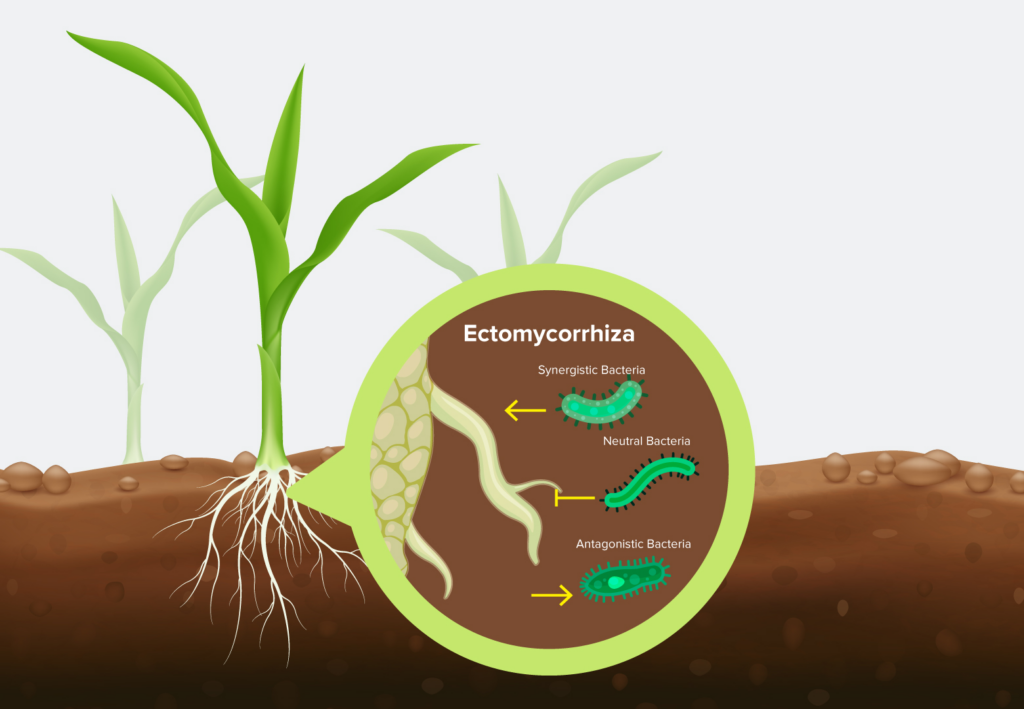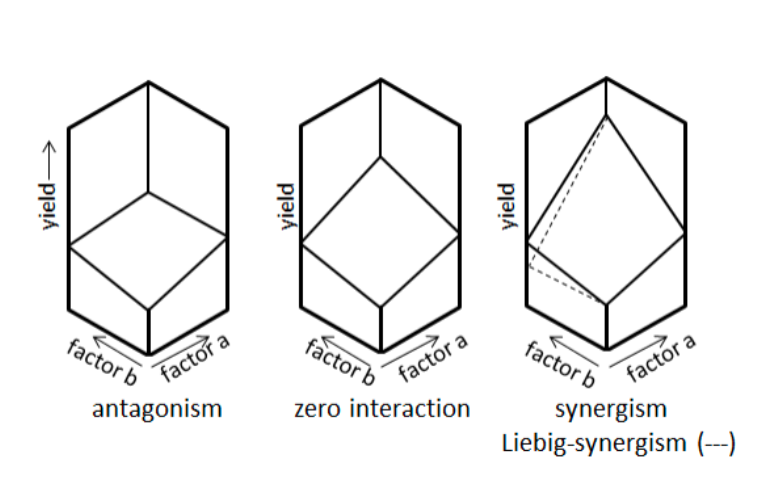Why is it Important to Understand How Nutrients Interact in Soil?
In the quest for increased yield, it becomes essential to learn and understand the details of soil fertility. High-yielding traits, more sophisticated fertilizer technologies and increased understanding of the role that soil microorganisms play have made fine-tuning soil fertility easier, but at the same time, more complex.
Providing adequate crop nutrition has come far from the days of simply adding nitrogen (N), phosphorus (P), potassium (K), or even micronutrients. Understanding the existing chemistry of your particular soil and how the nutrients interact within it is important to optimize yield. Not only do plants interact with soil nutrients, but the nutrients also interact with each other. Entire books have been written about all the ways soil elements interact, but this brief article will provide an overview of some key points.
What is Nutrient Interaction in Soil and How Does it Influence Crop Yield?
Crop growth and development are largely dependent on nutrients available in the soil. Nutrient interactions occur when one nutrient influences the uptake and utilization of another nutrient. Nutrients can have beneficial or detrimental interactions with each other as it relates to crop yield.
What is a Synergistic Nutrient Interaction?
A synergistic nutrient interaction means the interaction between the two nutrients results in an increased yield response that is more than what would be expected of the response to each nutrient individually.
What is an Antagonistic Nutrient Interaction?
When the yield from the combined interaction of two nutrients is less than what would be expected from individual applications, it is called an antagonistic response. In both cases, the interaction between the nutrients affects the amount of nutrients available for uptake and use by the plants.
What is a Liebig-Synergistic Nutrient Interaction?
Another type of synergism is known as Liebig-synergism. In this case, one nutrient is deficient and the addition of another has no effect on yield. However, when the deficient nutrient is added along with the other nutrient, there is an increased, or synergistic, yield response. Lastly, nutrients may have zero interaction. This doesn’t mean there is no yield response to the fertilizer application, just that the yield response is not synergistic or antagonistic. It is equal to what is expected based on individual applications of the two nutrients.
A report by the Virtual Fertilizer Research Center in 2015 looked at 96 scientific research papers in which single nutrient effects and their interaction effects were studied. Within these papers, 116 nutrient interactions were identified: 21 cases of synergism, 21 cases of Liebig-synergism, 17 cases of antagonism, and 34 cases with zero interaction.
Plant Nutrient Interactions & Fertilizer Management Strategies
Because individual factors such as soil, crops, and climate also affect yield response and nutrient interactions, it isn’t possible to guarantee the same responses and interactions found in these papers. However, some general findings from this review are important to know and can be used to form fertilizer management strategies.
Most macronutrients have synergistic responses – for example, N and P or N and K. Because of this synergism, less N can be used when applied with K, for instance, and still achieve the same yield, benefitting both the farmer in cost savings and the environment. Other nutrients and micronutrients have also been shown to have synergistic reactions. In one study, the addition of more zinc (Zn) resulted in a higher yield of wheat in calcareous soil, and the yield increase was largest at the highest addition of macronutrients. However, in acidic soil, the addition of Zn only had an effect on yield if it was already deficient and was not affected by the number of macronutrients.
Most antagonistic reactions were between micronutrients such as Zn, copper (Cu), iron (Fe), calcium (Ca), and magnesium (Mg). These are all cations, or positively charged molecules or atoms. One theory for this negative interaction is that these nutrients compete for the same nutrient transport pathways in plant roots. Cations and anions (negatively charged molecules or atoms) bind to different transport proteins. If all the cation-transporting proteins are already bound to Zn, for example, Cu cannot be absorbed. One strategy to avoid this problem might be to apply one of these nutrients via a different route such as foliar fertilization.
Avoiding antagonistic interactions and increasing synergistic ones can have a positive influence on yield. Possible strategies for this include using fertilizers that combine synergistic nutrients, release antagonistic nutrients at different rates and use different nutrient uptake routes such as foliar and soil applications.




